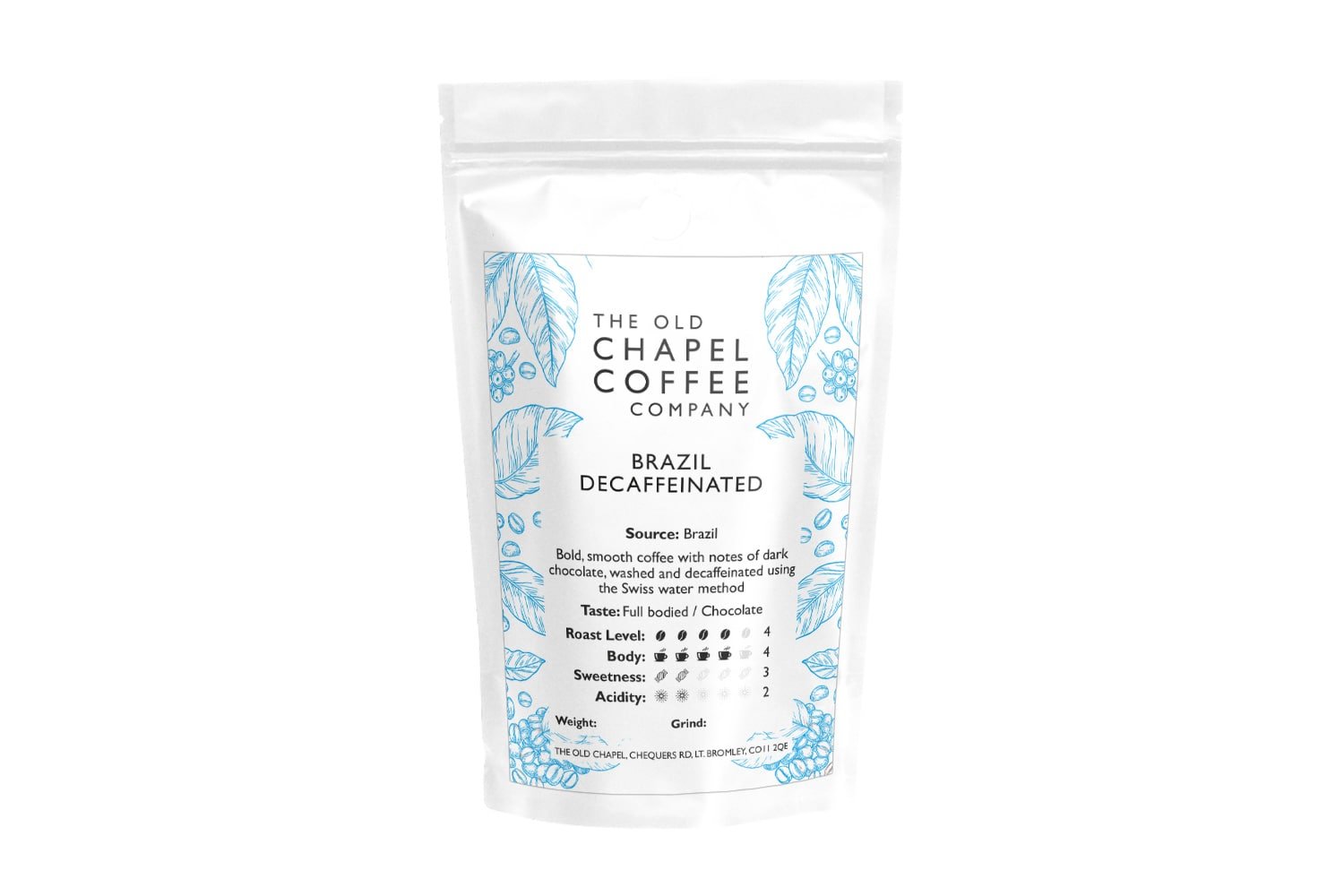Single Origin vs. Blend: What’s the Difference, and Which Should You Choose?
If you’ve ever browsed a bag of coffee and spotted the words single origin or blend, you might have wondered—what’s the difference? And more importantly, which one is better?
The truth is, both single origins and blends have their place, depending on what kind of coffee experience you’re after. Some people love the variety and depth of flavour in single origins. Others prefer the consistency and balance that a good blend brings. Here’s a simple breakdown to help you decide what’s right for your taste.
What Is Single Origin Coffee?
Put simply, single origin means the beans come from one place—this could be a country, a region, or even a single farm. When you drink a single origin coffee, you’re tasting the unique characteristics of that specific growing environment.
This is often referred to as the coffee’s terroir—a term borrowed from the wine world that describes how climate, soil, altitude, and processing all influence flavour.
But single origin doesn’t automatically mean better quality. It just means the beans haven’t been blended with any others. The magic lies in how the farmer grows it and how the roaster brings out its natural flavour.
Why Choose Single Origin?
Single origin coffees are loved for their clarity and character. Because they come from one place, you get a clearer sense of the flavours unique to that region. They’re ideal if you enjoy coffee black and want to explore different tasting notes.
Examples might include:
A washed Ethiopian with citrus and floral notes
A natural Colombian with sweet, jammy fruit flavours
A Guatemalan with smooth chocolate and nutty depth
These coffees often come in small batches and vary with the seasons, which adds to their charm.
What Is a Coffee Blend?
A blend is a mix of beans from two or more origins. The goal is to create a balanced, reliable cup that tastes great across a range of brewing methods.
Most coffee you’ll find in supermarkets or high street cafés is a blend. But don’t be fooled—blends aren’t boring. A good blend is carefully constructed to highlight the best parts of each bean.
For example, you might combine:
Brazilian beans for body and chocolate notes
Colombian beans for sweetness and acidity
Indian beans for richness and depth
Blends are often more forgiving to brew and tend to pair better with milk. That’s why they’re popular choices for espresso and milk-based drinks like lattes or flat whites.
Which Should You Choose?
Go for Single Origin if you:
Like to explore flavour and origin stories
Enjoy black coffee
Don’t mind adjusting your brew to get it just right
Appreciate variety and seasonal change
Go for a Blend if you:
Prefer consistent flavour every time
Enjoy coffee with milk
Want a balanced, approachable cup
Like a more forgiving brew process
So, Which Is Better?
There’s no clear winner. It all comes down to what you enjoy.
Single origin is about exploration and expression. Blend is about balance and reliability. At Old Chapel Coffee, we roast both with care—whether it’s a vibrant single origin or a beautifully balanced blend, freshness and quality are always at the heart.
Whichever you choose, start with freshly roasted beans and go from there.
Happy brewing.








